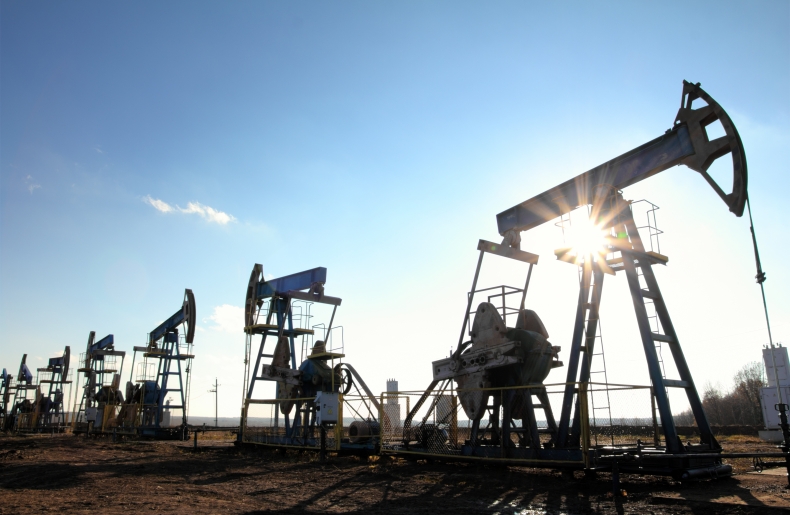Blogs
June 24, 2020What the Covid-Crash might mean for the upstream sector in Asia

The Covid-Crash - potential implications for Asia Pacific
On Monday the 19th of May, negative pricing for the May WTI futures contract sent a shockwave through the energy sector. Crude oil pricing structures have evolved over decades and have served the industry well during periods where supply has had ample time to adjust to long term demand trends. They were never designed to work in a period of demand shock that has been experienced worldwide in the first four months of 2020.
For many Asian countries, who are major consumers and importers of crude oil, the Covid-crash might appear to be a once in a lifetime buying opportunity to fill their strategic reserves and stock up before prices resume an uptrend. However, as any commodity trader will know, picking the low point in the market is never easy and over-committing to deliveries for which there is no storage or refining capacity is a high-risk game. Who would ever have expected that crude oil production and ownership could become a waste disposal problem?
What is the root cause of the Covid-Crash?
Debates may rage for years about whether the market pricing structure was simply not set up for this black-swan event or whether geopolitical tensions also played a role in the Covid-crash. Could oil producers have cut crude production deeper and faster? Should they have reacted sooner to early warning indications from Chinse economic data that additional international Coronavirus lockdowns would cause a more significant demand slump on a global scale? Incredulity, curiosity, a desire to analyse, the need to understand and a willingness to learn will all lead us to ask the question: ‘why did the oil price crash so dramatically’?
The simple answer is that supply and demand very quickly fell out of balance. There was an abrupt reduction in aviation, maritime, rail and road travel – causing a waterfall decline in refined products demand. Chemicals and plastics plants cut back their processing volumes as a result of falling demand as industries such as automotive and textiles production lines shut down - pulling through fewer oil-derived petrochemical products. Electricity production slumped in line with the drop in industrial activity – fuel oil demand for power generation dropped accordingly. But, in Asia, the Pacific, the Americas, Africa, Europe and the Middle East: all around the world, we kept on producing crude by the barrel... millions of barrels per day more than we could consume.
Will land-locked producers be hit hardest by the Covid-Crash?
In any supply chain, storage between two processing steps is the buffer that absorbs short term swings in demand. Static storage in the crude supply chain is fixed. However, redundant oil tankers can be used as temporary additional storage capacity. For offshore upstream operations, such as Malaysian rigs in the South China Sea or Australian production in the Bonaparte and Carnarvon basins in the Indian ocean the use of tankers to store excess crude is conceivable.
The Author:
For general enquiries click here




